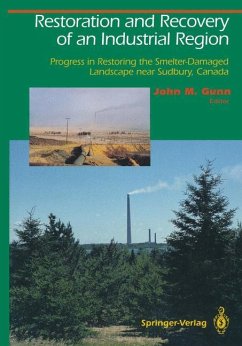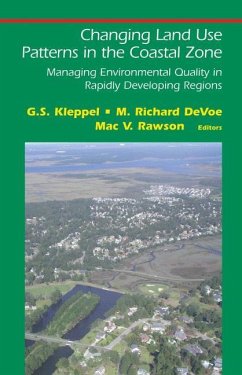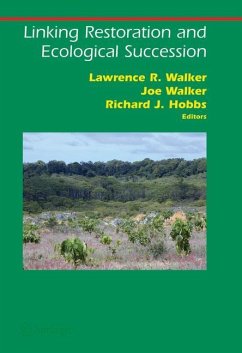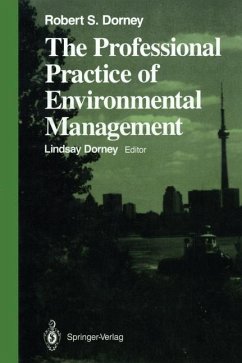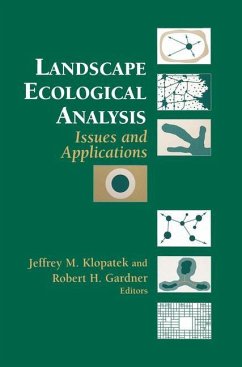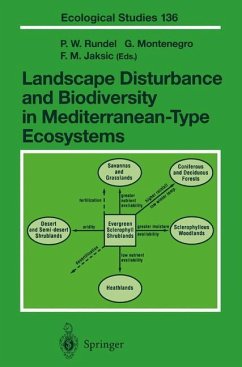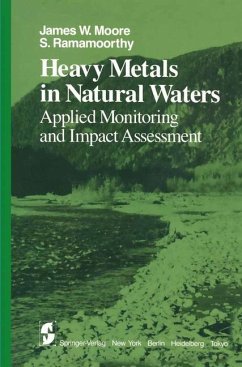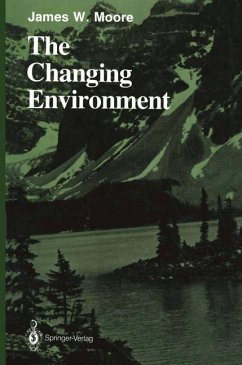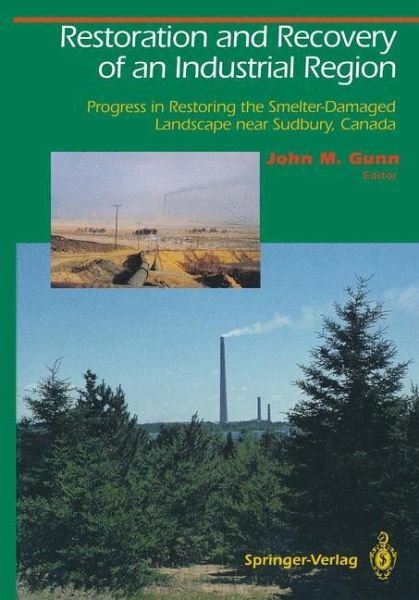
Restoration and Recovery of an Industrial Region
Progress in Restoring the Smelter-Damaged Landscape Near Sudbury, Canada
Herausgegeben: Gunn, John M.

PAYBACK Punkte
58 °P sammeln!
Sudbury, Ontario is one of the world's most polluted areas. A century of industrial activities has resulted in thousands of acidified lakes and vast areas of denuded land. This book describes, in a manner accessible to a wide audience, the damage and the efforts at environmental restoration at Sudbury which resulted in its winning a United Nations award in 1992 for land reclamation.
The book has been written by a distinguished group of contributors, ranging from experts in acid rain and land reclamation to environmental engineers and toxicologists.
The book has been written by a distinguished group of contributors, ranging from experts in acid rain and land reclamation to environmental engineers and toxicologists.






